Letter with Enclosure Template for Professional Correspondence
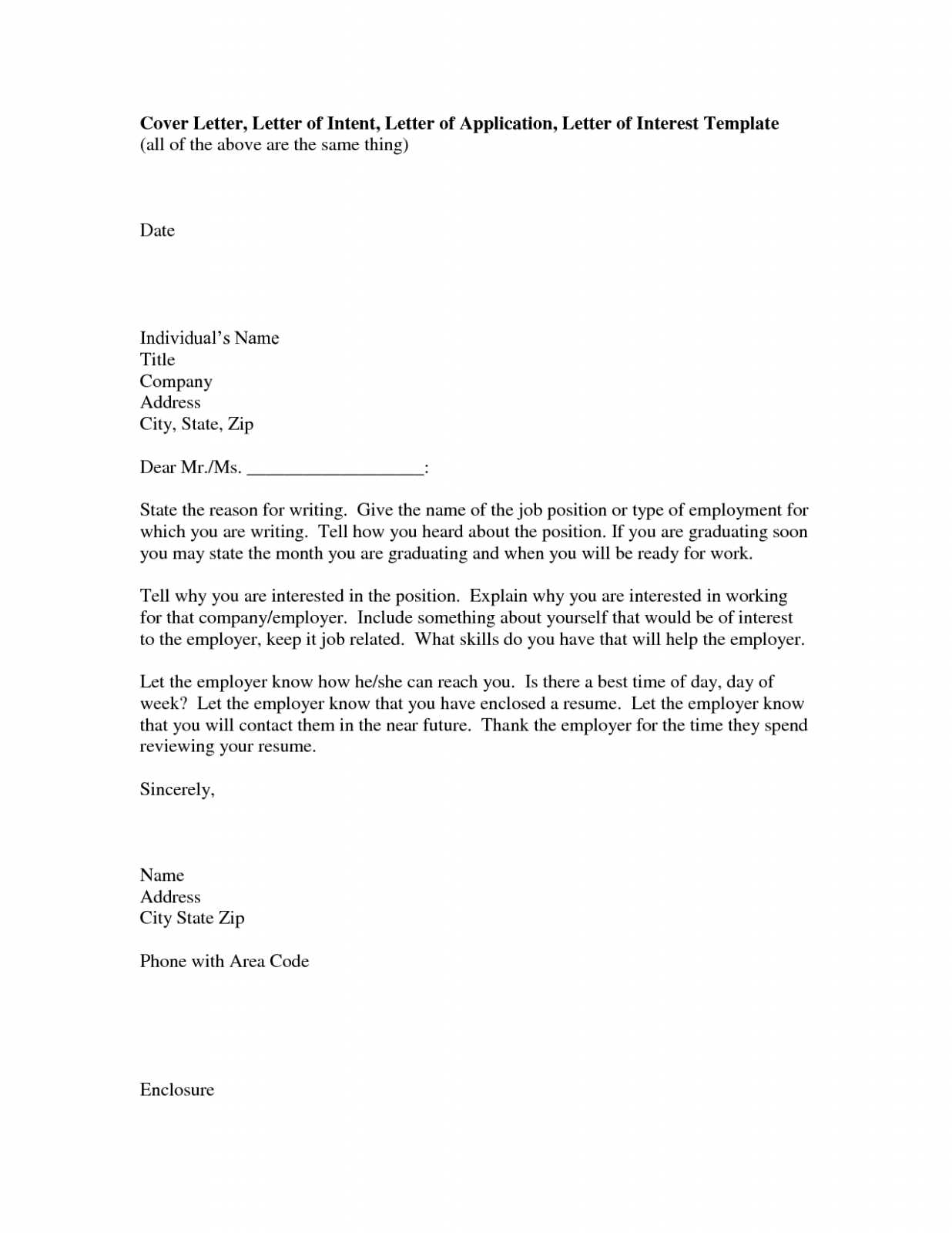
When preparing formal communications, it’s often necessary to include additional documents alongside the main message. This ensures clarity and provides all relevant information for the recipient. Crafting such messages requires attention to detail in both structure and content.
Effective communication goes beyond just words; the presentation and organization of accompanying materials play a crucial role. Whether for business, legal, or personal matters, knowing how to properly structure your message along with its attachments is essential.
Including supplementary documents in a well-organized format enhances the professionalism of your correspondence, making it clear and efficient. Understanding the correct way to integrate these elements is key to conveying your message accurately and respectfully.
What is a Letter with Enclosure?
In formal communication, it’s common to send a primary document along with additional materials that provide extra context or information. These supporting materials are often necessary to fully explain or reinforce the main message being communicated. Understanding how to structure these communications is vital for clarity and professionalism.
Typically, such documents contain a brief introductory message followed by references to the included items, ensuring the recipient understands the purpose of each. The primary content might explain the reason for sending the attachments and guide the reader on how to review them.
- The primary message usually introduces the subject matter.
- Supplementary documents offer further insight, such as reports, forms, or contracts.
- A mention of the number of included materials or a detailed list helps the reader understand the attachments’ relevance.
By organizing the communication this way, it ensures that the reader receives all necessary information in an efficient and professional manner. Proper formatting is key to maintaining clarity and helping the recipient easily navigate the content.
How to Structure Your Enclosure Letter
Creating a well-organized message that includes supplementary documents requires careful planning. The structure should ensure that the main content is clear, while the additional materials are easily referenced and understood. Organizing your communication in a logical sequence helps the recipient process the information more effectively.
Introduction and Purpose
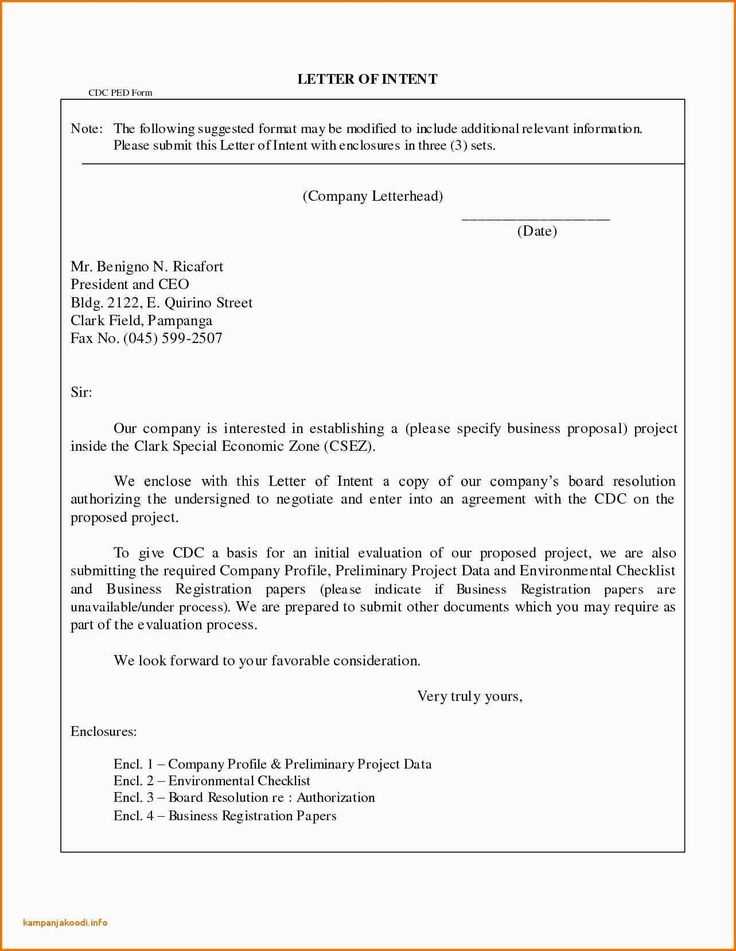
The initial part of the message should clearly introduce the purpose of the communication. Begin by stating the reason for sending the document and highlight the importance of the included materials. Make sure to briefly explain why the attachments are relevant and how they support the primary message.
References to Included Materials
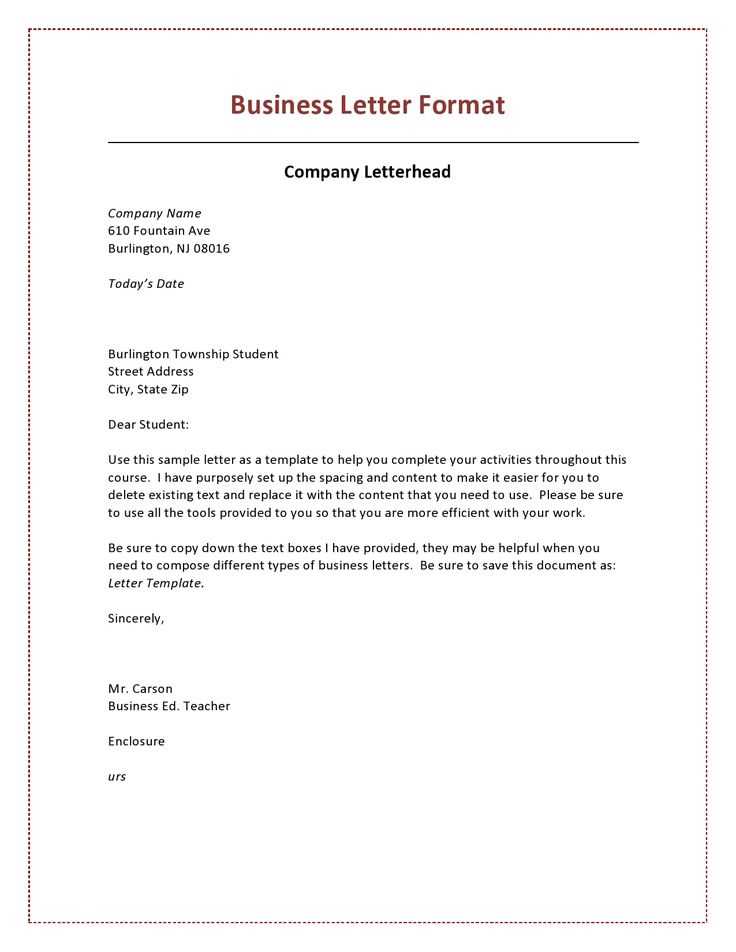
Once the main message is established, refer to the accompanying documents in an organized manner. List the materials being sent, mentioning their purpose and providing instructions on how to review them. This helps the recipient understand the context and significance of each attachment.
Essential Components of a Letter Template
To create an effective communication, certain elements must be carefully included to ensure clarity and professionalism. These components are key to guiding the recipient through the message and understanding the purpose of the attached documents. Proper structure enhances readability and makes the correspondence more effective.
Key Structural Elements
Each message should be composed of specific sections that contribute to the overall coherence. The primary components include the salutation, body, and closing, each serving a distinct purpose in the overall structure. Additionally, clear references to the included documents should be provided.
| Section | Description |
|---|---|
| Salutation | Begin with a respectful greeting, addressing the recipient by name or title. |
| Main Content | Clearly state the reason for communication and provide necessary details. |
| Reference to Attachments | List the accompanying materials and explain their relevance to the recipient. |
| Closing | Conclude with a polite closing remark, expressing any follow-up actions if needed. |
Formatting for Clarity
Clear formatting helps the reader navigate the message effortlessly. Use proper spacing and alignment for each section to improve readability. A well-structured layout ensures that both the message and the references to additional materials are easily understood and professional in appearance.
Tips for Including Supporting Documents
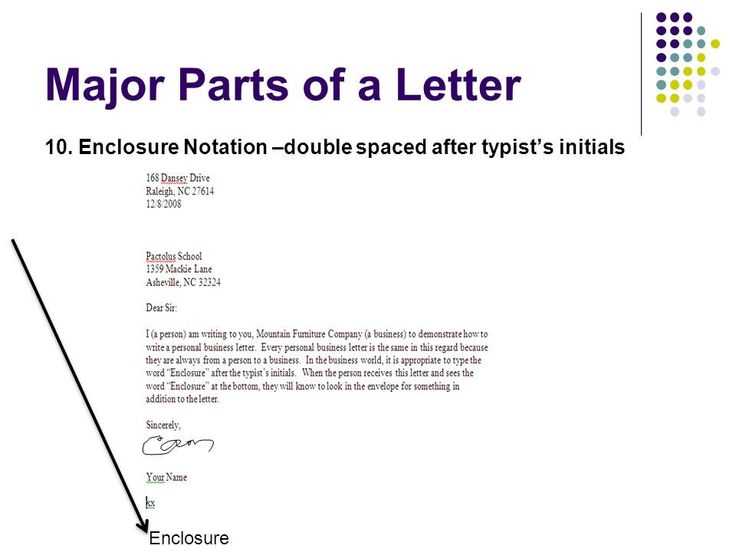
When sending additional materials alongside a primary message, it’s important to do so in a way that ensures clarity and relevance. The way these documents are presented can significantly impact how well the recipient understands and processes the information provided. Proper organization and explanation are essential for effective communication.
Start by clearly listing the documents being included. This helps the reader immediately recognize what has been sent and why it is relevant. Providing a brief description of each item or specifying its purpose ensures the recipient knows how to handle or review them.
Ensure that the documents are neatly formatted and easy to follow. Use headings, numbered lists, or bullet points to organize information effectively. This makes it easier for the reader to focus on the key points and understand the connection between the message and the included files.
Finally, always double-check that the correct documents are attached and that nothing is missing. A well-organized and complete set of materials reflects professionalism and ensures that the recipient has everything they need to act on the communication. This can also prevent confusion or delays in response.
How to Format Enclosures Professionally
When sending additional materials alongside a primary communication, proper formatting is crucial for maintaining a professional image. Clear and organized documents help the recipient understand the content easily and reduce any chances of confusion. Formatting also ensures that all the included documents are presented in a cohesive manner.
Start by properly labeling the supplementary documents. Use a clear and consistent naming convention that allows the recipient to quickly identify each attachment. If you reference multiple files, ensure they are numbered or listed in the order they should be reviewed, making the process more efficient for the reader.
Each document should be formatted neatly and clearly, with appropriate headers and sections for easy navigation. Avoid clutter and make sure there is enough white space to create a clean and readable appearance. Consider using standard fonts and sizes to maintain uniformity throughout the correspondence.
Additionally, be sure to indicate the number of documents being included, either at the end of the message or as part of the body. This helps avoid any confusion about missing attachments and reinforces the idea that everything needed has been provided.
Common Errors in Enclosure Letters to Avoid
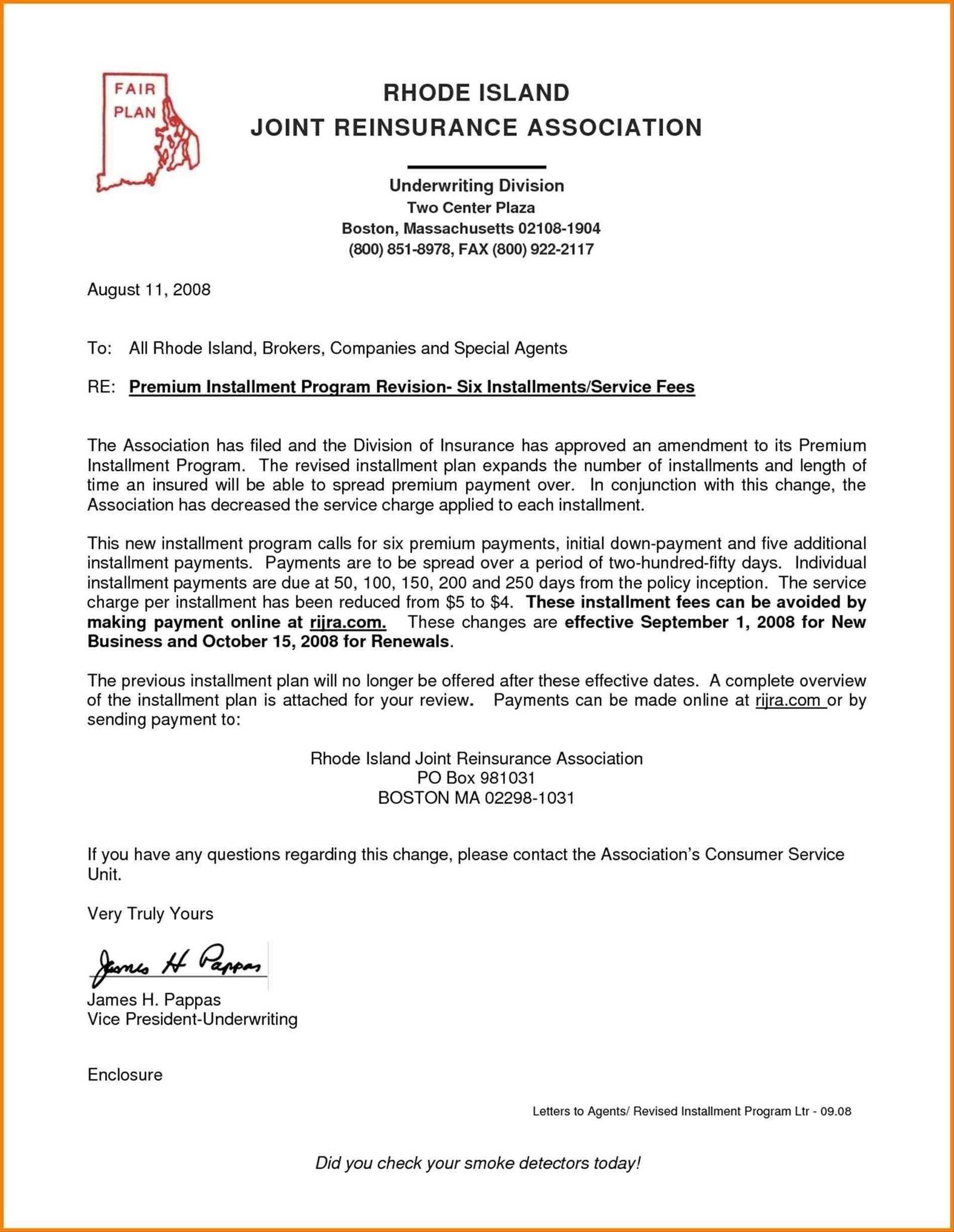
When sending a communication that includes additional materials, it’s essential to avoid certain mistakes that can undermine the professionalism and clarity of your message. Small errors in presentation or content can lead to confusion and potentially harm the effectiveness of the correspondence. Being aware of these pitfalls will help ensure that your communication is both clear and professional.
One of the most common mistakes is failing to clearly reference the included documents. Always ensure that you mention the attachments within the main content, specifying their purpose and relevance. Not doing so can leave the recipient wondering about the importance of the materials.
Another frequent error is not properly labeling or organizing the materials. Disorganized or incorrectly named files can cause unnecessary confusion. Always use clear file names and provide a brief description or list to guide the recipient through the attachments.
It’s also important to ensure that all the necessary documents are included before sending. Double-checking the attachments is crucial to avoid situations where materials are missing or accidentally omitted. Not confirming this can result in delays or the need for follow-up communication.